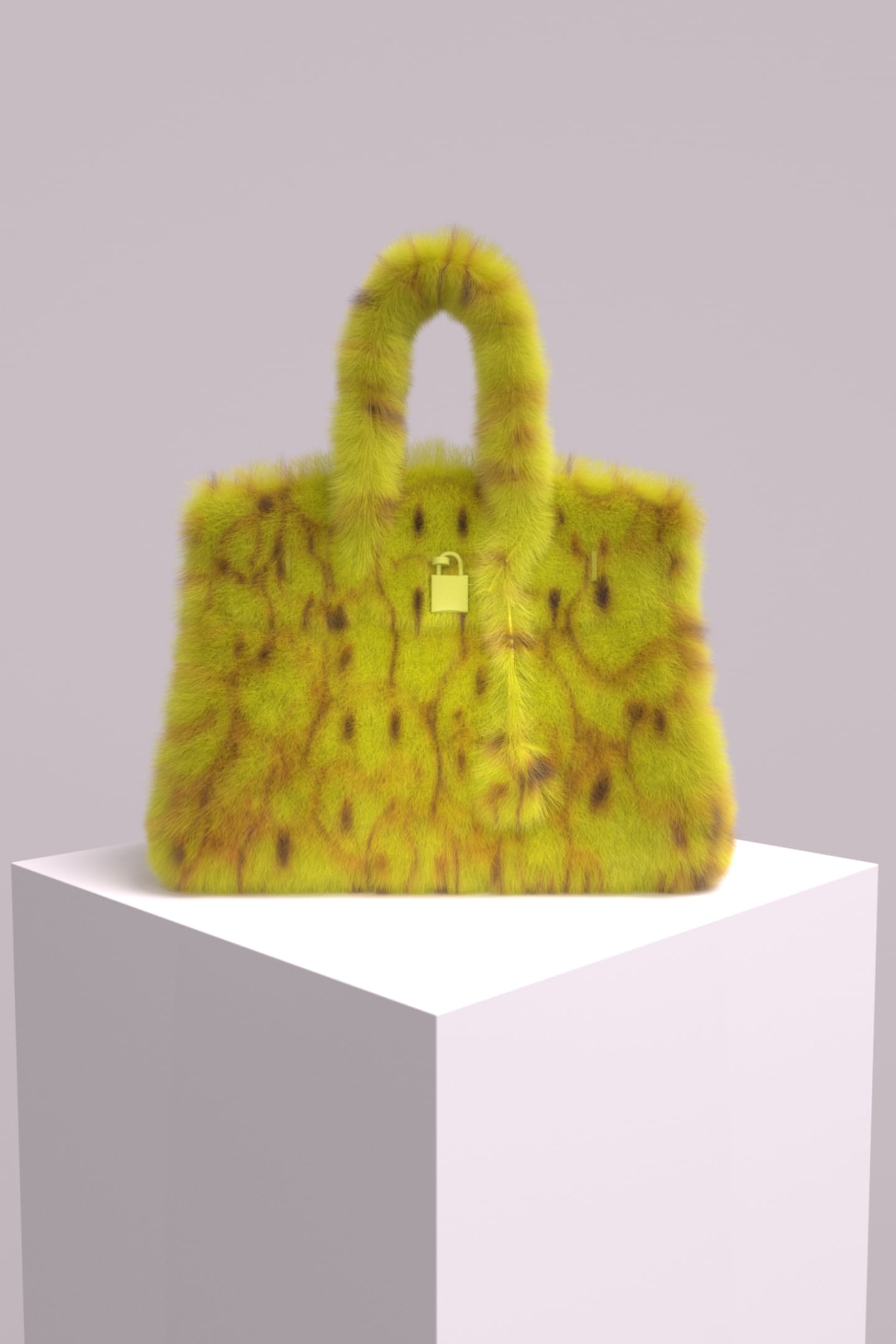
The Business of Fashion
Agenda-setting intelligence, analysis and advice for the global fashion community.

Agenda-setting intelligence, analysis and advice for the global fashion community.

The recent legal battle between luxury brand Hermès and digital artist Mason Rothschild provided a tough real-life example of what happens when the metaverse collides with trademark law.
Earlier this month, a federal jury in New York ruled in favour of Hermès after determining that Rothschild’s “MetaBirkin” non-fungible tokens (NFTs) were an infringement on the fashion house’s trademark of its Birkin bag and did not qualify under US law as artistic expression protected under free speech, as Rothschild argued.
Among the factors put before the jury was the potential confusion among consumers shelling out $450 for the NFT that they were purchasing an authentic Hermès-endorsed asset.
Whether consumers were indeed duped will remain an open debate, but what is clear is this and other events — such as the $69 million sale by artist Beeple in 2021 and the celebrity hype around communities like Bored Apes in the last year — have heightened consumer awareness of the concept of digital ownership.
ADVERTISEMENT
“The value of property rights in digital assets is part of the ongoing process of consumer education,” Akash Nigam, chief executive of avatar technology company Genies, told BoF Insights. “As consumers become more adept in the crypto space, they will gain a greater appreciation for the value of NFTs.”
This is already happening among some consumers. In a survey of consumers aged 15 to 56 in the US conducted by luxury research firm Altiant on behalf of BoF Insights, about two-thirds of the respondents rated digital ownership as important.
As blockchain-based assets become more mainstream, fashion brands can expect the importance of ownership to only grow even more among their consumers and to start crafting digital strategies now to reflect that.
For more in-depth analyses on the digital asset landscape, see the full report from BoF Insights: The Opportunity in Digital Fashion and Avatars.
BoF Insights is The Business of Fashion’s data and advisory team, partnering with leading fashion and beauty clients to help them grow their brands and businesses. Get in touch at insights@businessoffashion.com to understand how BoF Insights support your company’s growth for the long term.
In the opening days of its trial against the MetaBirkins creator, the luxury house revealed some of its own thinking around web3 and virtual worlds.
Brands like Tiffany, Prada and Nike-owned RTFKT are among those using the digital tokens to offer exclusive access to tangible goods.
The trademark battle over NFTs is set to establish important precedents in how the law treats digital assets, leaving IP attorneys eagerly watching.
Many of the high-flying concepts and companies that led the charge into the metaverse and web3 have come crashing down to earth. Ironically, this makes it exactly the right time to take these visions of the future seriously, argues Doug Stephens.
BoF Insights’ guide to digital assets in fashion, which examines the rise of the metaverse and underlying technological, social and consumer shifts, plus includes a playbook for how to seize the opportunity.

Diana Lee is the Director of Research & Analysis at The Business of Fashion. She is based in London and oversees the content strategy and roadmap for BoF Insights.
Successful social media acquisitions require keeping both talent and technology in place. Neither is likely to happen in a deal for the Chinese app, writes Dave Lee.
TikTok’s first time sponsoring the glitzy event comes just as the US effectively deemed the company a national security threat under its current ownership, raising complications for Condé Nast and the gala’s other organisers.
BoF Careers provides essential sector insights for fashion's technology and e-commerce professionals this month, to help you decode fashion’s commercial and creative landscape.
The algorithms TikTok relies on for its operations are deemed core to ByteDance overall operations, which would make a sale of the app with algorithms highly unlikely.